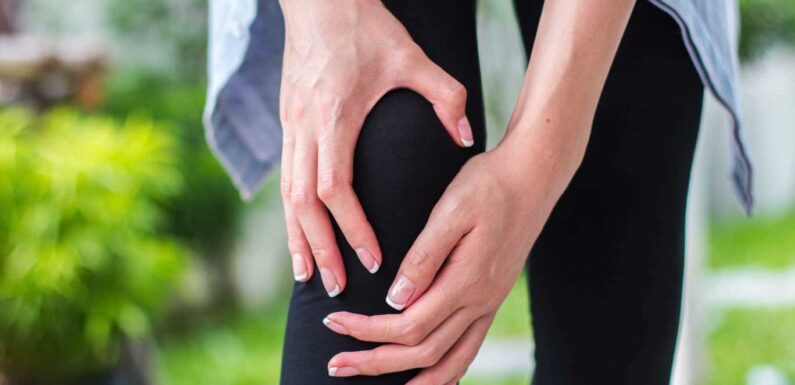
MANY people shrug off leg pain when they walk.
They put it down to ageing or tiredness.
However, it can be a sign of something much more serious, an expert has warned.
If your legs ache while on a walk, you could be suffering from peripheral arterial disease (PAD).
This is a common heart condition where a build-up of fatty deposits in the arteries restricts blood supply to leg muscles – which is why sufferers experience pain.
These bits of fat can also block blood supply to the brain which can lead to deadly heart attacks and strokes.
Read more on heart disease
Simple at-home exercise ‘slashes blood pressure risk’ – and you won’t break a sweat
One in 5 Brits face disease by 2040 as lifestyle and obesity fuel silent killers
Professor David Newby, from the British Heart Foundation, explained how the leg pain associated with the condition usually feels.
"If you get a gripping, cramping sensation in your calves when you are walking, it might be worth seeing your doctor, as that can be a marker of PAD.
"It’s most common in smokers and people who have diabetes."
According to the BHF about one in five people over 60 in the UK have some degree of PAD.
Most read in Health
Mum shares heartbreak at learning truth behind tiny bruise on baby's eye
I woke up choking – what medics found in my throat was the stuff of nightmares
Outbreak fears as man, 28, 'critical' with coronavirus with 35% mortality rate
The little-known symptom of bowel cancer you might spot walking around the house
How to treat PAD
The NHS recommends lifestyle changes to treat the condition.
This include regular exercise, avoiding smoking and eating a diet rich in fruits, vegetables, healthy fats and whole grains.
The underlying causes should also be treated, including high blood pressure, high cholesterol and diabetes.
Doctors may also prescribe medication to reduce the condition's symptoms – including statins which could prevent formation of fatty deposits.
With treatment, most people's symptoms remain stable and some people may experience an improvement in their pain.
Other symptoms of PAD
LEG pain in one or both legs is the most obvious sign of PAD.
But there are some other symptoms of the condition:
- hair loss on your legs and feet
- numbness or weakness in the legs
- brittle, slow-growing toenails
- ulcers (open sores) on your feet and legs, which do not heal
- changing skin colour on your legs, such as turning paler than usual or blue – this may be harder to see on brown and black skin
- shiny skin
- in men, erectile dysfunction
- the muscles in your legs shrinking (wasting)
The symptoms of PAD often develop slowly, over time.
If your symptoms develop quickly, or get suddenly worse, it could be a sign of a serious problem requiring immediate treatment.
Source: NHS
Source: Read Full Article






